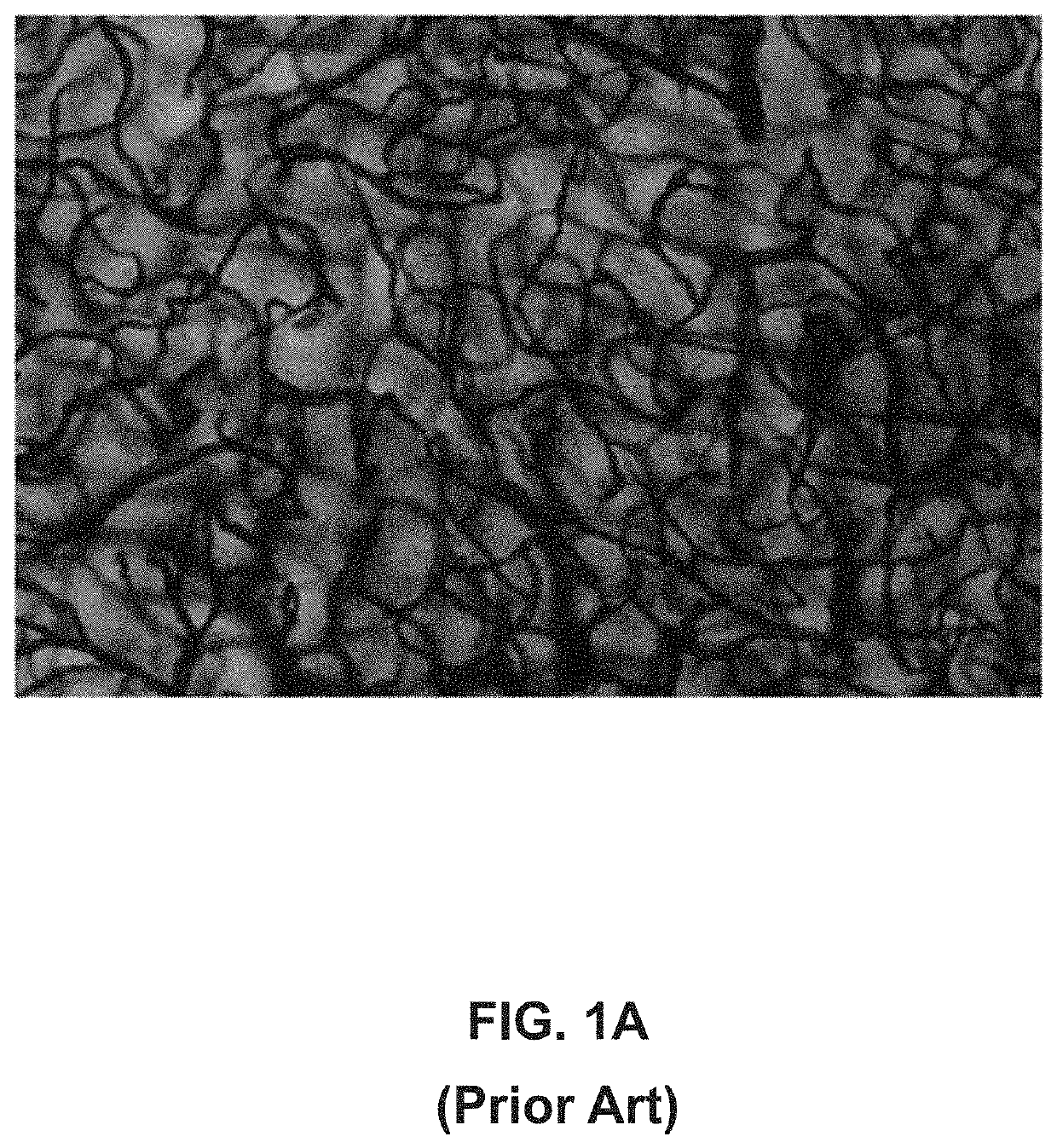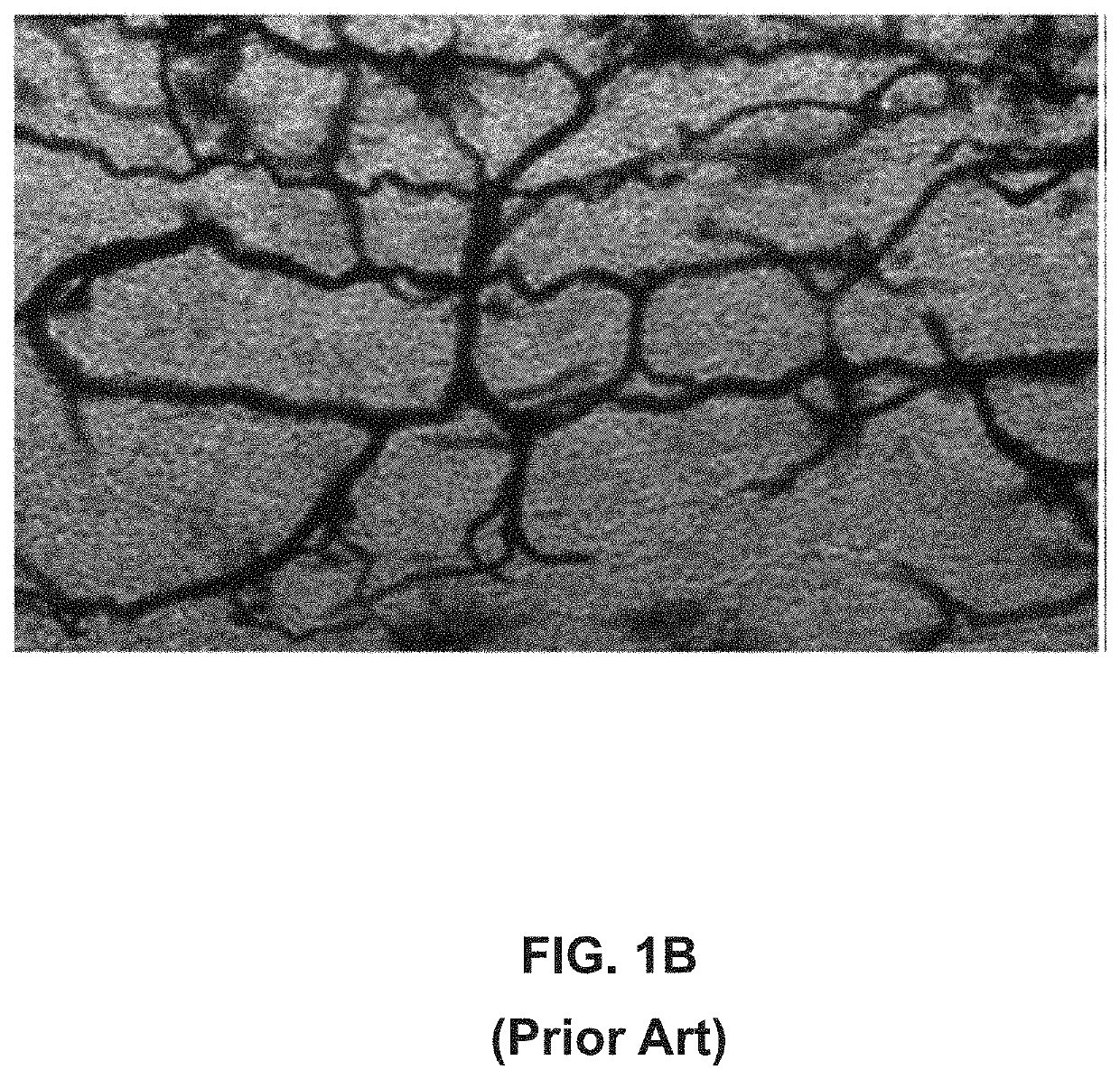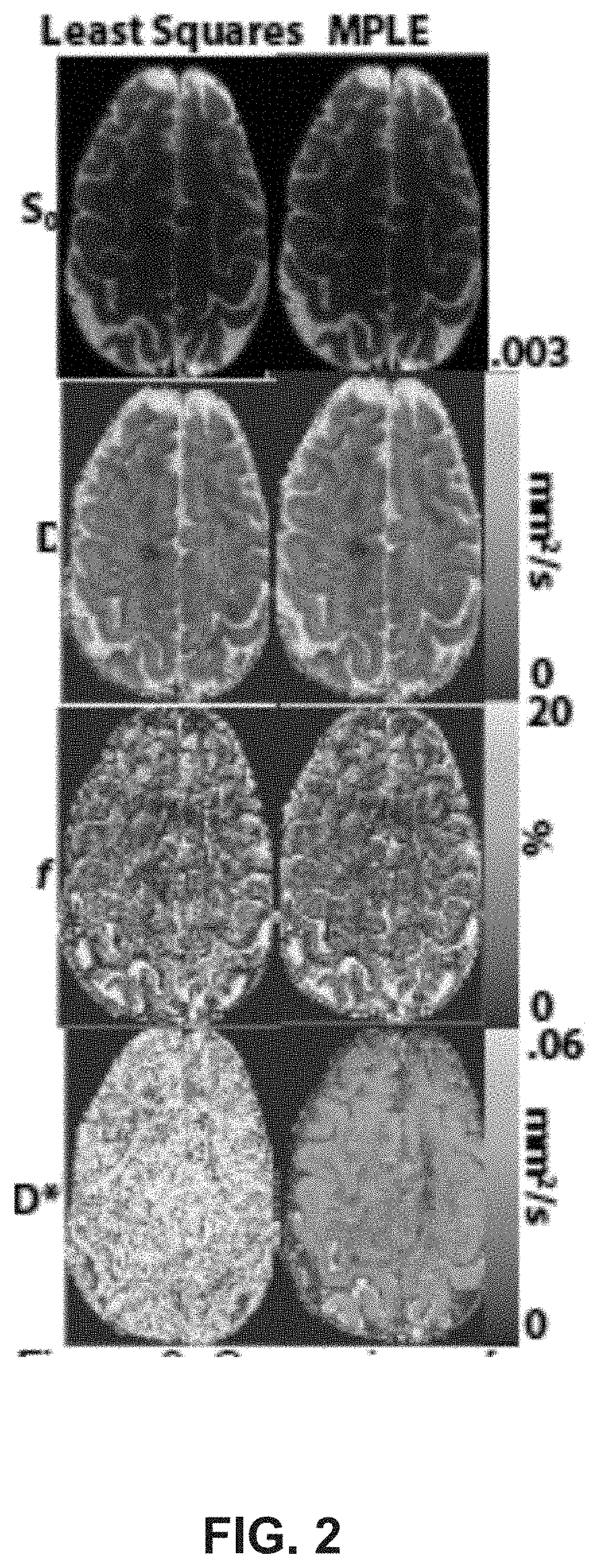Measuring blood vessel characteristics with MRI
a blood vessel and magnetic resonance imaging technology, applied in the field of measuring blood vessel characteristics with magnetic resonance imaging, can solve the problems of inability to incorporate information about functional measures of blood flow in prospective longitudinal studies tracking individuals at risk of developing ad or other forms of dementia or the inability to develop effective treatments. effect, the cost of alzheimer's disease and other dementias are clear, and the inability to achieve effective treatment. effective, the effect of ensuring the safety of patients
- Summary
- Abstract
- Description
- Claims
- Application Information
AI Technical Summary
Benefits of technology
Problems solved by technology
Method used
Image
Examples
Embodiment Construction
[0021]One embodiment of the subject disclosure describes a method, comprising: obtaining, by a system including a processor, first magnetic resonance imaging (MRI) data of a subject, wherein the first MRI data is obtained during a first scan of the subject, wherein the first scan has a first diffusion sampling time, and wherein the first diffusion sampling time is selected in order to facilitate use of the first MRI data to determine a first Intravoxel Incoherent Motion (IVIM) effective diffusion coefficient in a Stationary Random Flow (SRF) regime; obtaining, by the system, second MRI data of the subject, wherein the second MRI data is obtained during a second scan of the subject, wherein the second scan has a second diffusion sampling time, wherein the second diffusion sampling time is longer than the first diffusion sampling time, and wherein the second diffusion sampling time is selected in order to facilitate use of the second MRI data to determine a second IVIM effective diffu...
PUM
 Login to View More
Login to View More Abstract
Description
Claims
Application Information
 Login to View More
Login to View More - R&D
- Intellectual Property
- Life Sciences
- Materials
- Tech Scout
- Unparalleled Data Quality
- Higher Quality Content
- 60% Fewer Hallucinations
Browse by: Latest US Patents, China's latest patents, Technical Efficacy Thesaurus, Application Domain, Technology Topic, Popular Technical Reports.
© 2025 PatSnap. All rights reserved.Legal|Privacy policy|Modern Slavery Act Transparency Statement|Sitemap|About US| Contact US: help@patsnap.com



